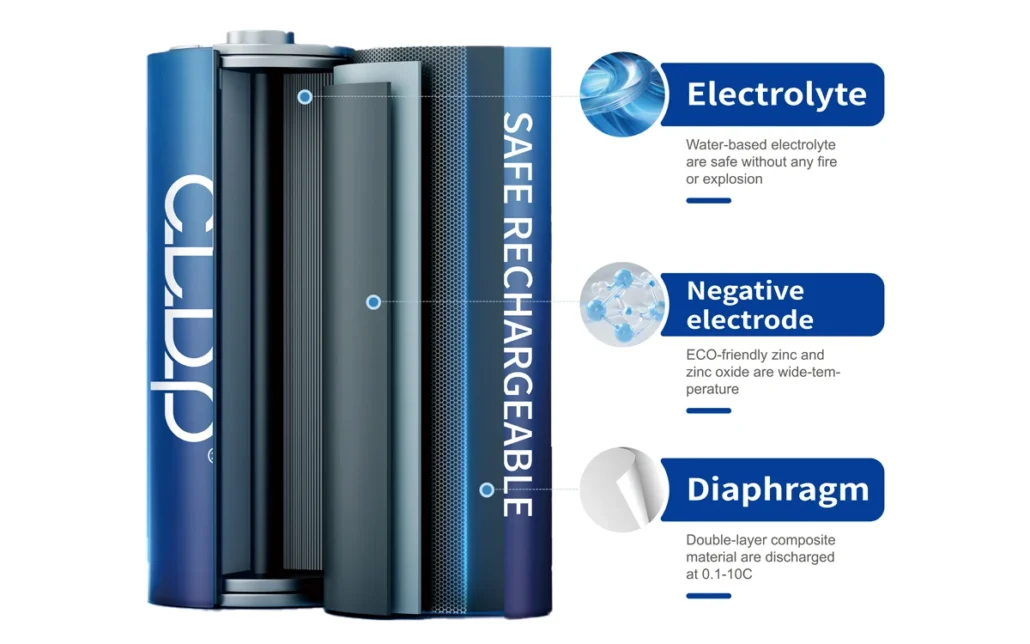Primary and secondary batteries are commonly used types of batteries in daily life, and the main difference between them lies in their rechargeable nature and usage.
Primary Battery
Non rechargeable: A battery cannot be recharged after use. They usually generate electricity through chemical reactions, which are irreversible.
Common types: alkaline batteries, zinc carbon batteries, lithium batteries (some types).
Secondary Battery
Rechargeable: Secondary batteries can be charged and discharged multiple times. This is because the chemical reactions that occur inside them are reversible and can be restored to their original state during charging.
Common types: zinc nickel batteries, lead-acid batteries, nickel cadmium batteries (NiCd), nickel hydrogen batteries (NiMH), lithium-ion batteries (Li ion), and lithium polymer batteries (Li Po).

Other differences
Cost effectiveness: Although the initial purchase cost of secondary batteries may be higher than that of primary batteries, in the long run, due to their reusability, secondary batteries may be more economical.
Environmental impact: Once disposable batteries are depleted, they may be discarded, which may result in more waste; Rechargeable batteries reduce this waste, but it should be noted that all types of batteries need to be properly recycled at the end of their lifecycle to reduce environmental pollution.
The choice of which type of battery to use depends on specific application requirements and personal preferences.




